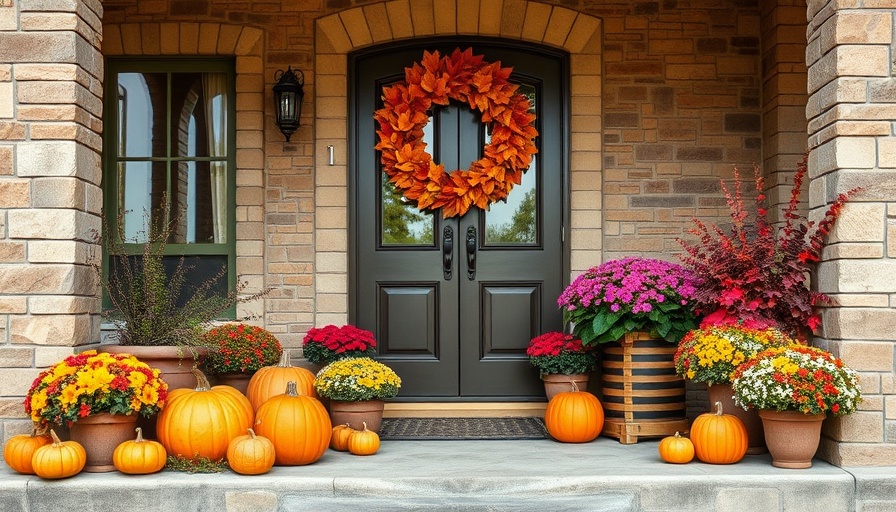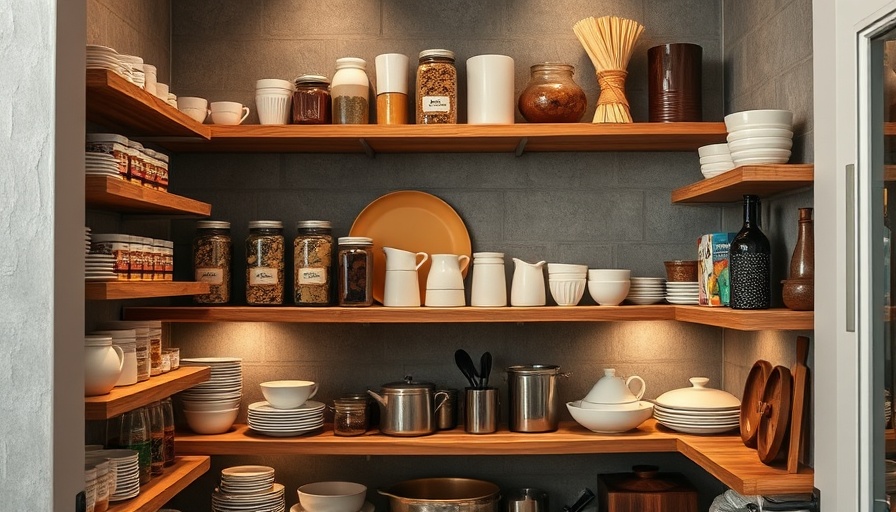
Can You Wallpaper Over Textured Walls? The Answer is Yes!
Wallpapers can infuse vibrancy and personality into your living spaces. Many homeowners, however, hesitate when faced with textured walls. Can you wallpaper over textured walls? The simple answer is yes! But before you grab that roll of wallpaper, let’s explore the factors that will determine the success of your project.
Understanding Wall Textures: What Works?
It's essential to assess how textured your walls really are. Most homes feature a light texture that is compatible with wallpapering. For instance, knockdown and orange peel textures are generally friendly to wallpaper applications. However, if your walls boast a popcorn texture, it’s best to steer clear. These surfaces are often too uneven for a secure bond, which can lead to bubbling and peeling down the line.
If your perfectionist tendencies beckon you towards a pristine finish, you might want to consider smoothing out those imperfections prior to application. Those who have a more intense or rough textures may find themselves frustrated with the final outcome of their DIY wallpapering job.
Preparing Your Walls: A Crucial Step
Before diving into wallpapering, preparation is key to longevity and aesthetics. Begin by sanding down any particularly rough spots on your wall. A light touch with a 200-grit sandpaper typically suffices. Follow this with a thorough dusting to eliminate any grime; a clean wall is vital for good adhesion.
One critical step that many homeowners overlook is priming. It might seem like an unnecessary hassle, but priming your walls can dramatically improve the adhesion of the wallpaper. This simple act ensures that your wallpaper job not only looks better at the outset but also survives the test of time.
Embrace a DIY Approach with Caution
While the idea of wallpapering over textured walls can be exciting, homeowners should be realistic about their skill level. Installation can be challenging and requires patience. If you are meticulous and desire a perfect finish, hiring a professional might be the best route. A skilled installer can also advise on whether a skim coat is necessary to create a smooth working surface.
Common Misconceptions and Tips for a Successful Job
One prevalent myth is that any texture can accommodate wallpaper. As we discussed earlier, not all surfaces are created equal. Before you wallpaper, do some research—not all textured walls are suitable. Another misconception is that wallpaper can simply be applied over existing paint without preparation. Paint must be cleaned and sometimes primed to ensure the wallpaper adheres effectively.
As an additional tip, remember that the choice of wallpaper quality plays a significant role. Opting for thicker, high-quality paper often yields better results with textured surfaces. Hence, investing in quality pays off in both aesthetics and durability.
Measure Twice, Choose Wisely
Before you purchase wallpaper, measure your walls thoroughly and calculate how much material you’ll need. A common error is underestimating the amount required, leading to mismatched patterns when trying to find a match later. Taking the time to measure also helps you plan for any additional materials and tools needed for your installation.
FAQs: Addressing Your Concerns
Many homeowners have asked if it’s possible to wallpaper over existing wallpaper. While it may seem like an easy shortcut, it’s typically not recommended due to the potential for bubbles and inadequate adhesion. Similarly, others wonder if they can simply repaint a textured wall instead of wallpapering. While painting can mask some imperfections, it often doesn’t add the visual excitement and character that wallpaper offers.
Lastly, if it’s your first time wallpapering, consider starting in a less visible area as practice before tackling your main walls. This approach can build your confidence and give you a feel for the technique before applying it to significant spaces.
Concluding Thoughts on Textured Walls
Textured walls shouldn't hold you back from the beautiful wallpaper you envision. With the right preparation, materials, and possibly professional help, you can achieve a stunning aesthetic that transforms your space. Embrace your next DIY adventure and remember to take your time!
 Add Row
Add Row  Add
Add 



Write A Comment